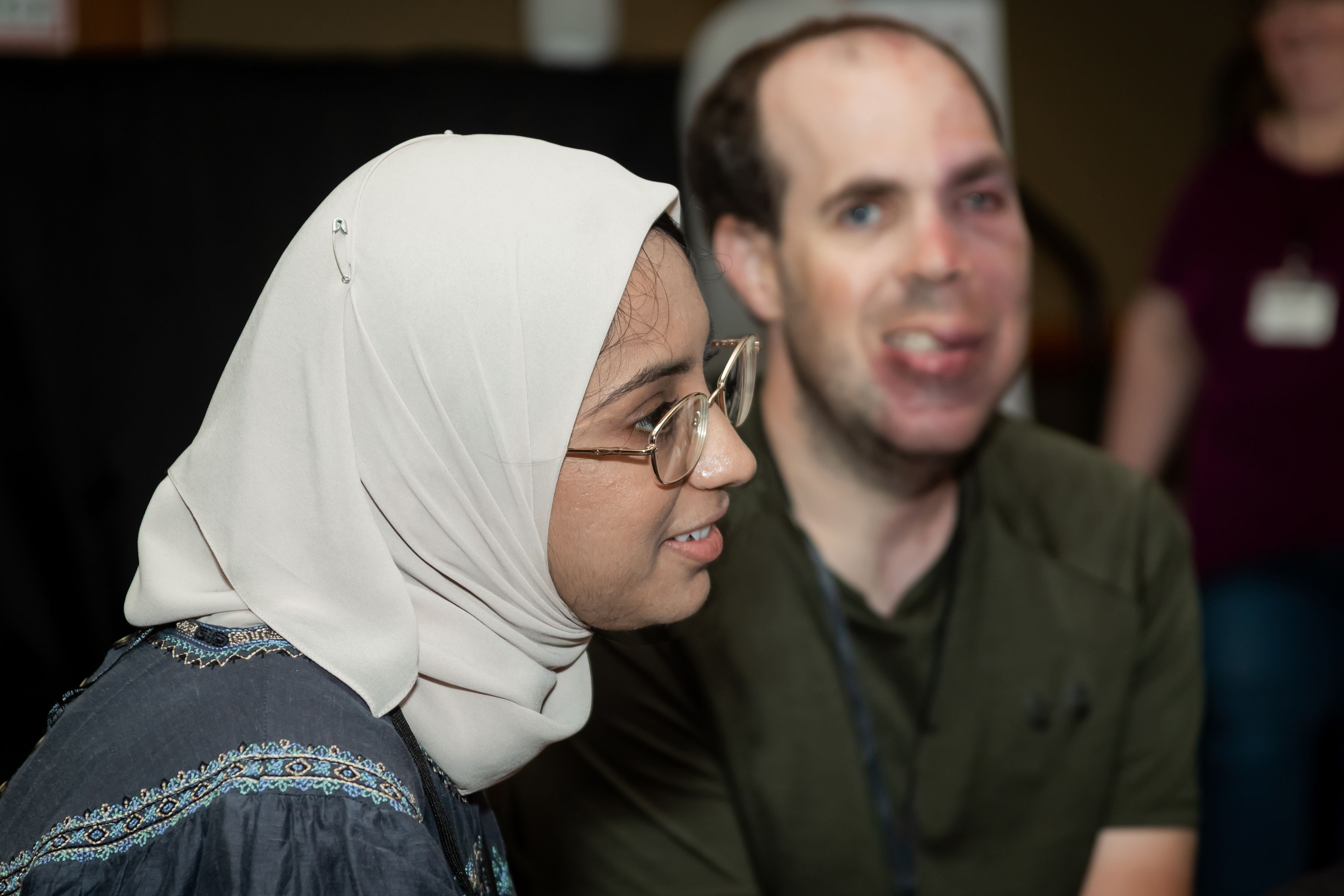
SWS and Headaches
Headache is the most common neurological problem in the general population. Each year, nearly 20% of the entire population of the US (over 40 million people) complain of headaches. Several distinct types of headaches exist.
- In vascular headaches (migraine and its variants), the pain may originate from the wall of the cerebral artery. This class of headaches includes hypertensive headaches and blood vessel spasms triggered by toxins, allergens, etc.
- In traction/inflammation headaches, the pain results from pressure on or irritation of the dense fibrous structures covering the brain (dura and periosteum). People with increased intracranial pressure or infections of the skull, the blood vessels, or the meningeal sheath of the brain may have this type of headache.
- In tension/muscle contraction headaches, the pain arises from the muscular and fibrous structures of the scalp. When people are anxious or depressed, they experience this type of headache; these can be as difficult to manage as any other type of headache.
Certain features of SWS might predispose individuals with the syndrome to having headaches.
- As one might expect, vascular headaches are a common type of pain, though venous angioma can cause headaches in a variety of ways. The lesion may leak small amounts of blood, irritating the meninges and producing considerable pain. Larger leaks or ruptures of the angiomas may also occur; fortunately, this is probably very rare. The angiomas may produce vasospasm (spasms of the cerebral blood vessels) by altering the cerebral blood flow dynamics, which may also alter intracranial pressure.
- Arterial venous malformations often produce headaches as a warning sign of rupture or thrombosis, though the reasons are not clear. Presumably, this could also happen in the venous angiomas of SWS, though it is likely that the angioma would produce headaches because of ischemia (either acute or chronic) of the underlying brain. Small strokes resulting from thromboses (blood clots) within the angioma might precipitate headaches; in other clinical settings, strokes may be occasionally associated with headaches. Headache is also a prominent symptom of chronic ischemia.
- Headaches resulting from seizures associated with the lesion of SWS as a postictal (after a seizure) phenomenon represent another possible mechanism. In fact, the seizure causing the headache would not necessarily have motor manifestations (that is, an electrical seizure only) making recognition of the event very difficult.
- As SWS patients may be more prone to anxiety or situational depression, there is the possibility of psychosomatic problems. Headache is one frequent manifestation of stress, anxiety, and depression. Finally, it is possible that the headaches are a result of glaucoma and related eye pain. In conclusion, we do not have a good understanding of why headaches occur not uncommonly in SWS patients, but probably there are multiple causes. Interestingly, some seizure medications also work for headaches (e.g., valproate, topiramate) and may be particularly helpful in some patients.







